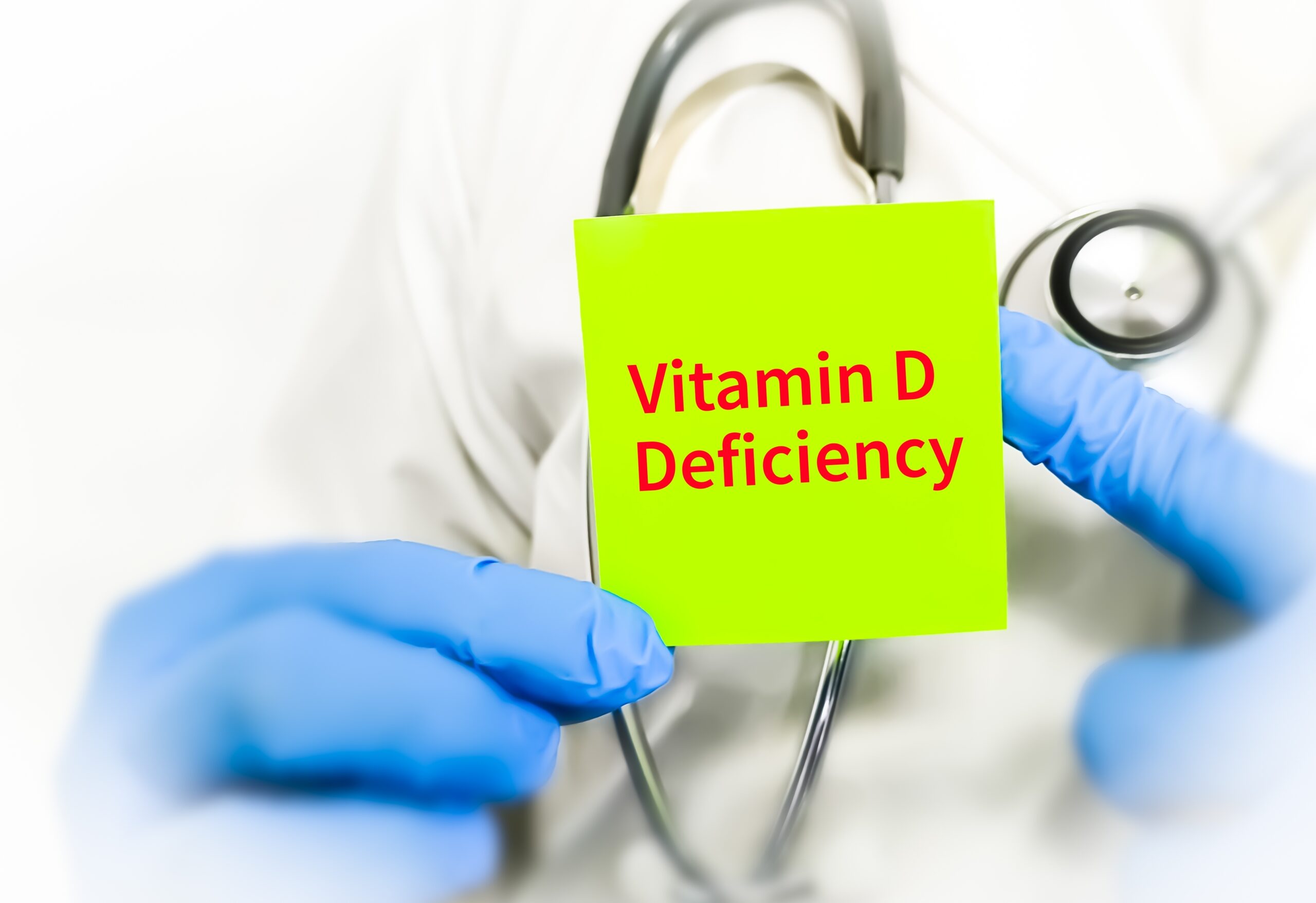Table of Contents

Despite affecting up to 40% of U.S. adults, vitamin D deficiency can be effectively addressed through simple lifestyle changes and strategic nutrition choices that could transform your health.
At a Glance
- Vitamin D is crucial for bone health, immune function, muscle strength, and may help prevent various diseases including cancer and diabetes
- Nearly 25-40% of American adults have insufficient vitamin D levels, with higher rates among those with darker skin
- Natural sources include sunlight exposure (10-30 minutes midday), fatty fish, fortified dairy products, and egg yolks
- Supplementation (typically with vitamin D3) should be considered for those at risk, but intake should not exceed 4,000 IU daily without medical supervision
Understanding the Vitamin D Crisis
Vitamin D deficiency has emerged as a significant public health concern across the United States. Between 25-40% of adults have inadequate levels, with even higher rates among non-Hispanic Black individuals. This essential nutrient plays far more roles in the body than many realize, supporting not just bone health but also immune function, muscle strength, and potentially reducing risks of serious conditions from heart disease to certain cancers.
The symptoms of deficiency can be subtle and easily mistaken for other conditions: persistent fatigue, muscle weakness, bone pain, mood changes including depression, hair loss, and increased susceptibility to infections. These warning signs often develop gradually, making the connection to vitamin D status difficult to identify without proper testing.
— Dr. Joseph Mercola (@mercola) March 13, 2024
Harnessing Sunlight for Natural Production
The human body has an impressive ability to manufacture vitamin D when skin is exposed to sunlight. UVB rays trigger a chemical reaction that transforms a cholesterol compound in the skin into pre-vitamin D, which is then converted to its active form. For most people, 10-30 minutes of midday sun exposure several times weekly can help maintain adequate levels, though factors like skin tone, age, and season significantly influence production efficiency.
While sunscreen is essential for preventing skin cancer, it also blocks the UVB rays necessary for vitamin D synthesis. This creates a challenging balance between skin protection and vitamin production. Some experts suggest brief, unprotected exposure for vitamin D purposes, followed by thorough sunscreen application for extended outdoor activities. People with darker skin require longer sun exposure due to melanin's natural UVB-filtering properties.
Optimizing Dietary Sources
Few foods naturally contain significant amounts of vitamin D, making dietary sources a challenge for many people. Fatty fish like salmon, mackerel, and sardines rank among the richest natural sources, with a 3-ounce serving of salmon providing approximately 450 IU of vitamin D. Other natural sources include egg yolks (about 40 IU each) and beef liver, though their contribution is considerably smaller.
Recognizing the widespread challenge of obtaining adequate vitamin D from natural sources, many food manufacturers fortify common products. Fortified milk typically contains about 120 IU per cup, while many plant-based alternatives like soy and almond milk offer similar amounts. Fortified breakfast cereals, orange juice, and yogurt also contribute meaningful amounts to daily intake, making them practical options for those with limited access to natural sources.
Supplementation Strategies for Optimal Health
For many individuals, particularly during winter months or for those with limited sun exposure, supplementation becomes necessary to maintain healthy vitamin D levels. The recommended dietary allowance for most adults is 600-800 IU daily, with higher amounts often needed for those with deficiency. Vitamin D3 (cholecalciferol) is generally preferred over D2 (ergocalciferol) due to its superior absorption and effectiveness at raising blood levels.
Timing and method of supplementation can significantly impact absorption. Taking vitamin D supplements with a meal containing some fat improves absorption substantially. However, caution is warranted regarding dosage. The tolerable upper intake level for adults is 4,000 IU daily, and exceeding this amount without medical supervision can lead to vitamin D toxicity, causing symptoms like nausea, vomiting, weakness, and even kidney problems. Those with specific health conditions should consult healthcare providers before beginning supplementation.
Feeling the winter blues? 🌥️ Boost your mood and health with vitamin D!
☀️ Spend time in sunlight when possible
🥛 Add vitamin D-rich foods like milk, fish, and eggs to your diet
💊 Ask your doctor about supplementsLearn more: https://t.co/UUlBFUtqs6
— Kaiser Permanente (@KPMidAtlantic) December 19, 2024
Special Considerations for High-Risk Groups
Certain populations face significantly higher risks of vitamin D deficiency and may require tailored approaches. Older adults produce less vitamin D through skin exposure and often have decreased dietary intake. People with darker skin tones have natural UVB filtering from melanin that reduces vitamin D synthesis. Those with limited sun exposure due to geographic location, cultural clothing practices, or occupational constraints also face increased deficiency risks.
Health conditions affecting fat absorption, such as Crohn's disease, celiac disease, and cystic fibrosis, can impair vitamin D uptake since it is a fat-soluble vitamin. People with obesity may experience lower bioavailability of vitamin D, as it can become sequestered in adipose tissue. For these at-risk groups, regular monitoring of vitamin D status through blood tests and personalized supplementation regimens under medical supervision provides the best approach for maintaining optimal levels.
